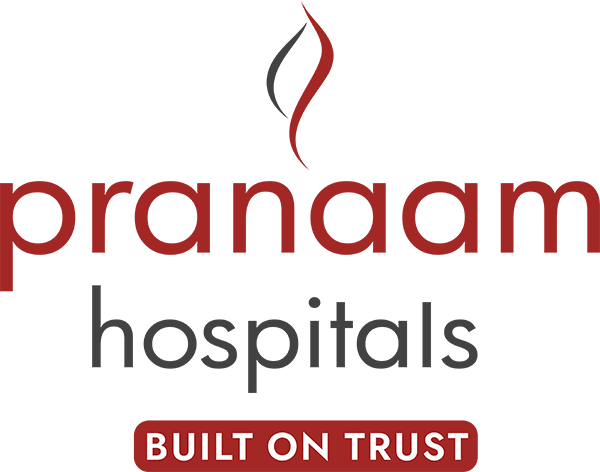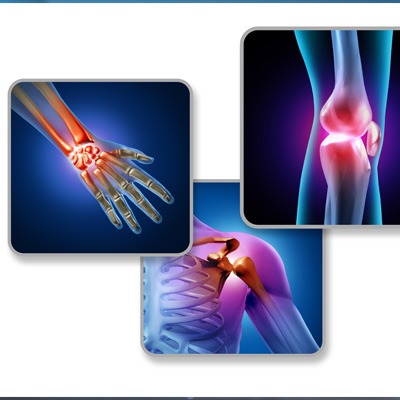Arthritis, Chronic Illness, Doctors & Orthopaedicians, Invisible Illness, Juvenile Arthritis, Pain & Inflammation Management, Physical Disability, Rheumatoid Arthritis, Surgery Recovery, Visible Illness, What You Must Know
The intention of writing this article is to bring about awareness and begin a dialogue with those who have Arthritis regularly. Arthritis and its kind are prevalent but are endured as a problem without a solution.
Through this blog, Drs. G. Aarti and Smaranika Das aim to empower you with the information you need to take the right call to alleviate yourself from the pain of this invisible illness.
Arthritis is used to explain pain, swelling and stiffness in a particular joint or joint. Arthritis is not one condition. There are different types of Arthritis.
In India, over 210 million people, i.e., 15% of the population, are affected with Arthritis. It can affect people of all ages – including children and teens. Some forms of Arthritis are common in the elderly.
If there is a pain in or around a joint that does not go away after a few days, despite any OTC medication, please visit and consult a doctor. It becomes extremely critical to find the root cause of the pain so that the right treatment plan can be followed.
There is no cure for Arthritis, but treatments have improved and progressed in recent years, and many types of Arthritis, Inflammatory Arthritis specifically, require that treatment begins immediately.
There is not one reason that can cause Arthritis. Many factors increase the risk of each type of Arthritis. It could be genetic that makes one more likely to get Arthritis.
Arthritis makes life challenging by causing intense pain and can make day-to-day work activities challenging. On the one hand, the symptoms can vary from weeks to days. On the other hand, Osteoarthritis and Rheumatoid Arthritis are long-term conditions that also require long-term treatment.
What’s good to know is that with the proper treatment and approach, Arthritis can be managed. In addition, remaining physically active will help improve overall health, irrespective of the condition or the severity.
What is a joint? How do joints work?
A joint is where two or more bones meet, for example, knees, shoulders and fingers. Joints are what hold bones together and allow them to move freely. A solid capsule surrounds joints. The tablet is filled with a thick liquid that helps lubricate the joints. The capsule is the part that holds the bones together. They do that with the help of ligaments which are like strong elastic bands.
Every move is beautifully orchestrated in our bodies. So if we want to move a bone, our brain sends a signal to the muscle, which pulls a tendon attached to the bone. So whenever we speak about a bone, a muscle is involved.
Types of Arthritis
It is essential you know the kind of Arthritis you have. While the different types have fundamental differences, there are similarities that they share as well. Osteoarthritis
FOLLOW US ON INSTAGRAM @pranaamhospitals to receive alerts and updates on Arthritis.
The most common type of Arthritis is Osteoarthritis. It starts with the roughening of the cartilage. This condition is more prevalent in women than men. 45% of women over the age of 65 have osteoarthritis symptoms.


